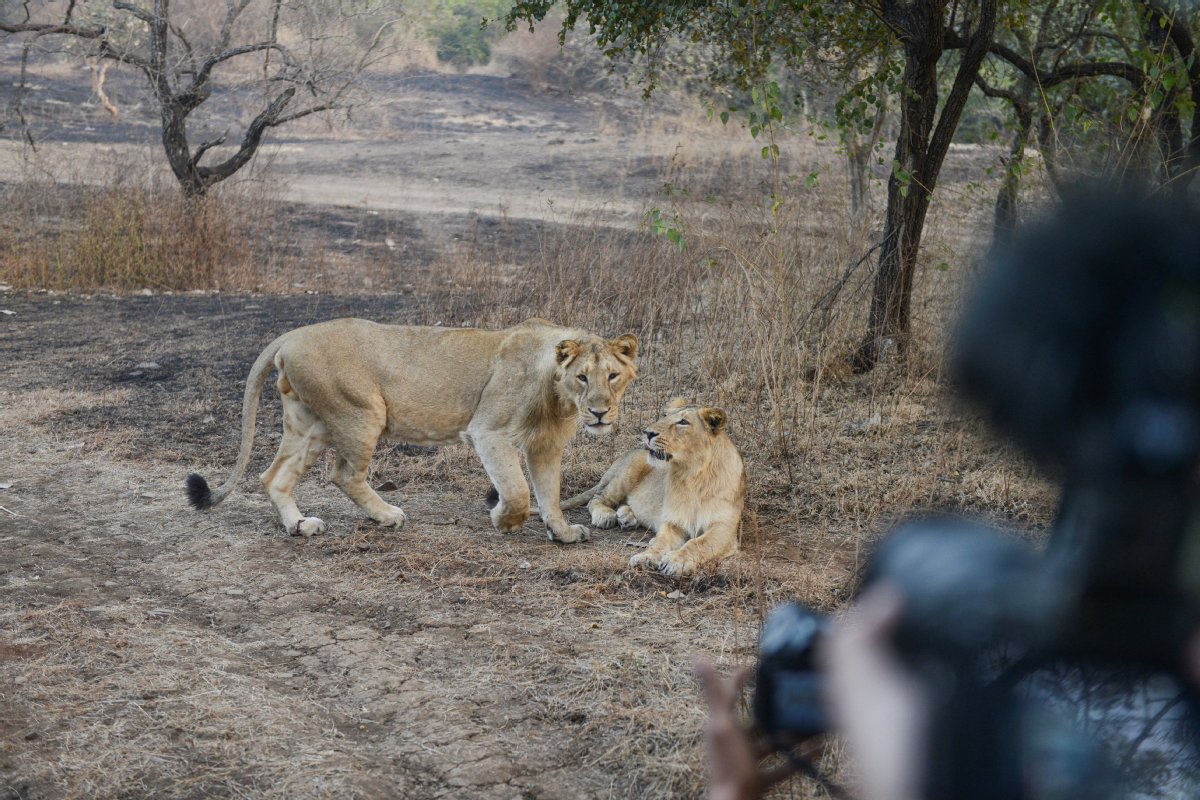India's lions beat disease to roam free


GIR NATIONAL PARK, India-Three years after a deadly virus struck India's endangered Asiatic lions in their last remaining natural habitat, conservationists are hunting for new homes to help booming prides roam free.
The majestic big cats, slightly smaller than their African cousins and with a fold of skin along their bellies, were once found widely across Southwest Asia.
Hunting and human encroachment saw the population plunge to just 20 by 1913, and the lions are now found only in a wildlife sanctuary in India's western Gujarat state.
Following years of concerted government efforts, the lion population in Gir National Park has swelled to nearly 700, according to an official census last year.
But three years ago, the conservation success looked to be in danger when several lions started to die in one part of the 1,400-square-kilometer forest. The canine distemper virus-a highly infectious disease-was detected among dozens of the royal beasts, killing at least 11 of them.
"We picked all the lions from the area and isolated them," said Dushyant Vasavada, the park's chief conservator of forests.
Authorities imported special vaccines from overseas and every animal was given three doses each, followed by a booster shot.
Cattle and dogs living near the park were also inoculated as suspected carriers of the virus.
"We vaccinated the lions in captivity and successfully controlled the disease and no new outbreak has been observed," Vasavada said, adding that park rangers were still closely monitoring their health.
Lions are a source of pride for India, particularly in Gujarat's Saurashtra region, where man and beast coexist.
A cattle-rearing tribe lives among the animals in the sanctuary, and it is not uncommon to see a pride of lions crossing a highway in the region as motorists wait and watch.
Wildlife biologist Ravi Chellam said the threat of disease underscored the need to move a few prides to other sites nearby. "Translocation is a risk mitigation strategy akin to us getting health or life insurance," he said.
"If something happens to the population in Gir, there is always going to be an additional free-ranging population of wild lions available."
Agencies via Xinhua



































